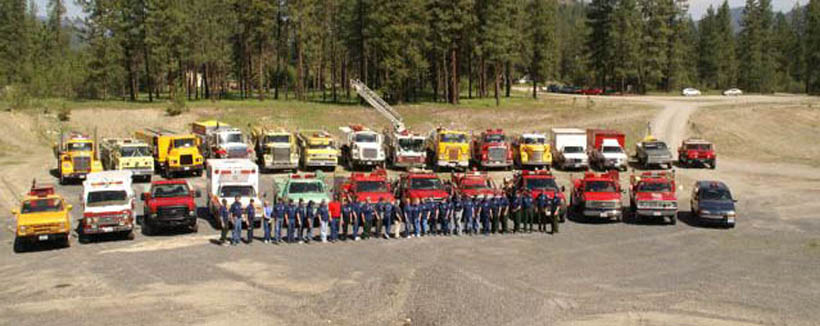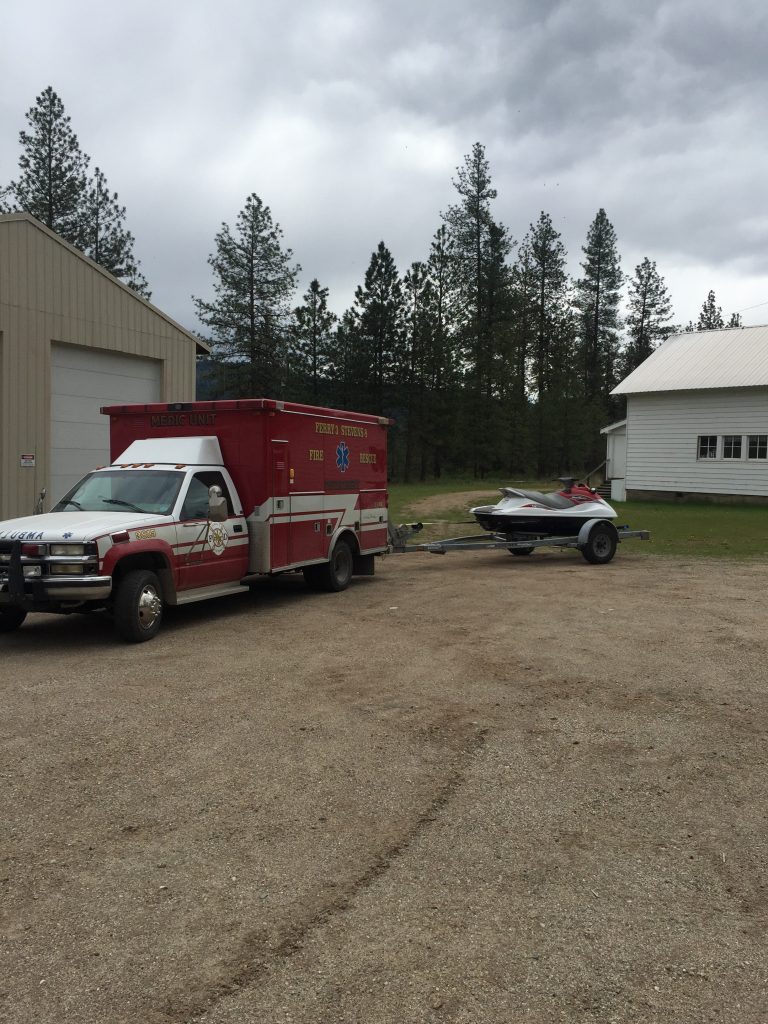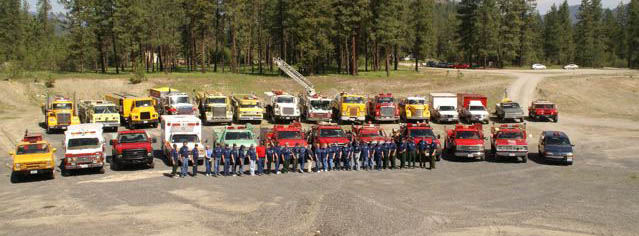A cold front moving through on Saturday will bring dry, windy conditions to the Inland Northwest Saturday afternoon through Sunday morning. Gusts 35 to 45 mph will be possible.
Impacts
- New or existing fires will be able to spread rapidly during this period (Saturday afternoon into Sunday morning)
- Choppy lakes
Temperatures cool 7 to 10 degrees Sunday behind the front
Warmer and breezier weather may return to Columbia Basin Tuesday



